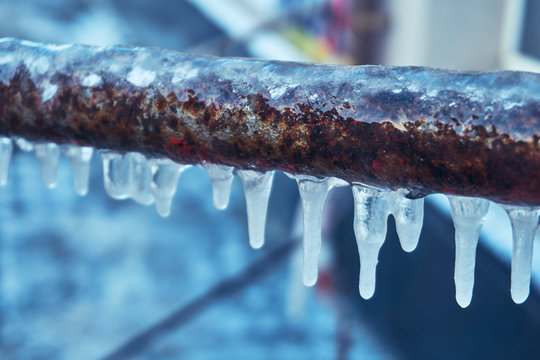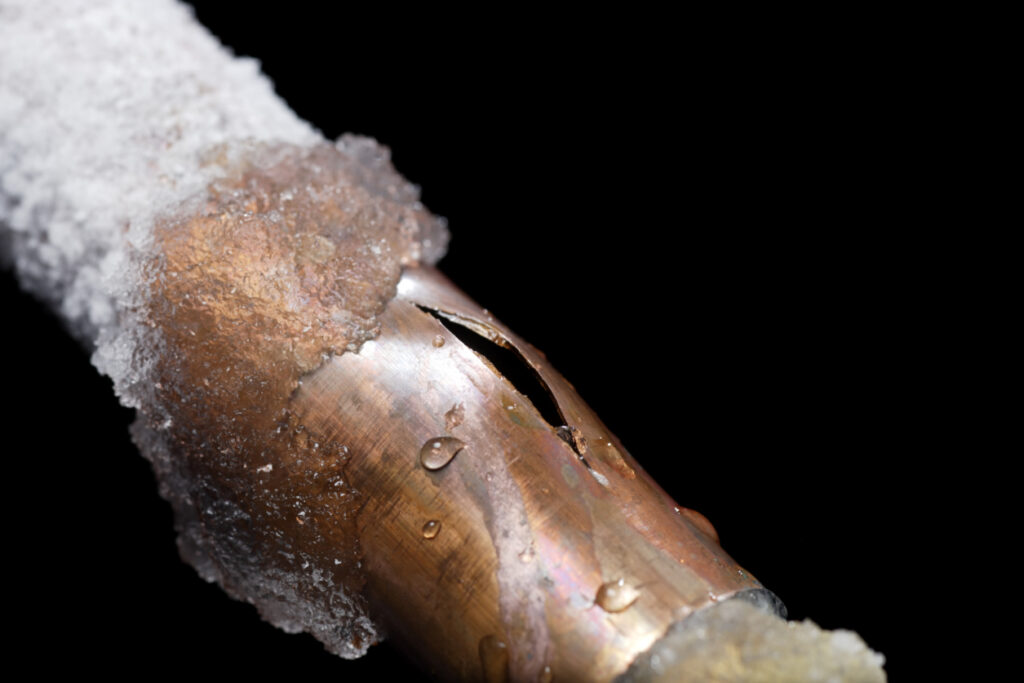January 14, 2025
Winter is here. Are your pipes ready?

We’ve all heard the warnings for the arctic cold coming in January. That’s nothing new in Colorado, as January is one of the coldest months for the state with temperatures often dipping into the single digits. With those cold temperatures comes the risk of frozen pipes.
Frozen pipes can result in a burst pipe, creating necessary plumbing repairs. Damage to floors, drywall, furniture, belongings and even your overall structure is possible. It doesn’t take much to wreak havoc in your home. A 1-inch pipe can lose more than 200 gallons of water per minute, depending upon the water pressure. Signs to look for when a pipe is frozen are icy patches or frost on exposed pipes, weak or no water flow, unwanted smell from a drain or faucet and strange noises coming from the pipes.
You can avoid frozen pipes with a little preventive maintenance and by acting quickly. To reduce your risk of a ruptured pipe, Applewood Plumbing Heating & Electric recommends these tips for preventing frozen pipes:

- First and foremost, know where your main water emergency shut-off valve is located. Should you have a pipe freeze or burst in your home, you will want to turn off the water source until repairs can be done.
- Pipes that have frozen in the past are potential candidates again and should get extra special attention to protect against severe cold weather. In these areas, open cabinets under sinks or vanities and on the coldest days, keep a stream of water trickling out of faucets where there are vulnerable pipes.
- Maintain the heat in your home to at least 55 degrees, even if you leave for a winter getaway. Open all the doors to interior rooms to allow the heat to circulate throughout your home
- Insulate areas where vulnerable pipes are located, such as crawl spaces and outside walls. Keep in mind insulation alone won’t prevent pipes from freezing if they’re too exposed to the elements or the insulation is inadequate.
- For highly vulnerable areas, consider heat tape, pipe wrapping that is embedded with electrical coils, to provide an outside source of heat to your exposed pipes. Be sure to use the kind with a built in thermostat so you can keep them plugged in all winter. Then you won’t have to worry about power outages or forgetting to plug them in during cold spells.
- If you haven’t already, remove hoses from outside yard faucets. The faucets can’t drain properly with a hose attached and can freeze and break if the hose is left attached.
If a pipe does burst, shut off the main water valve immediately and call a plumber. They can best assess how to fix the situation and provide further tips to alleviate future issues.


